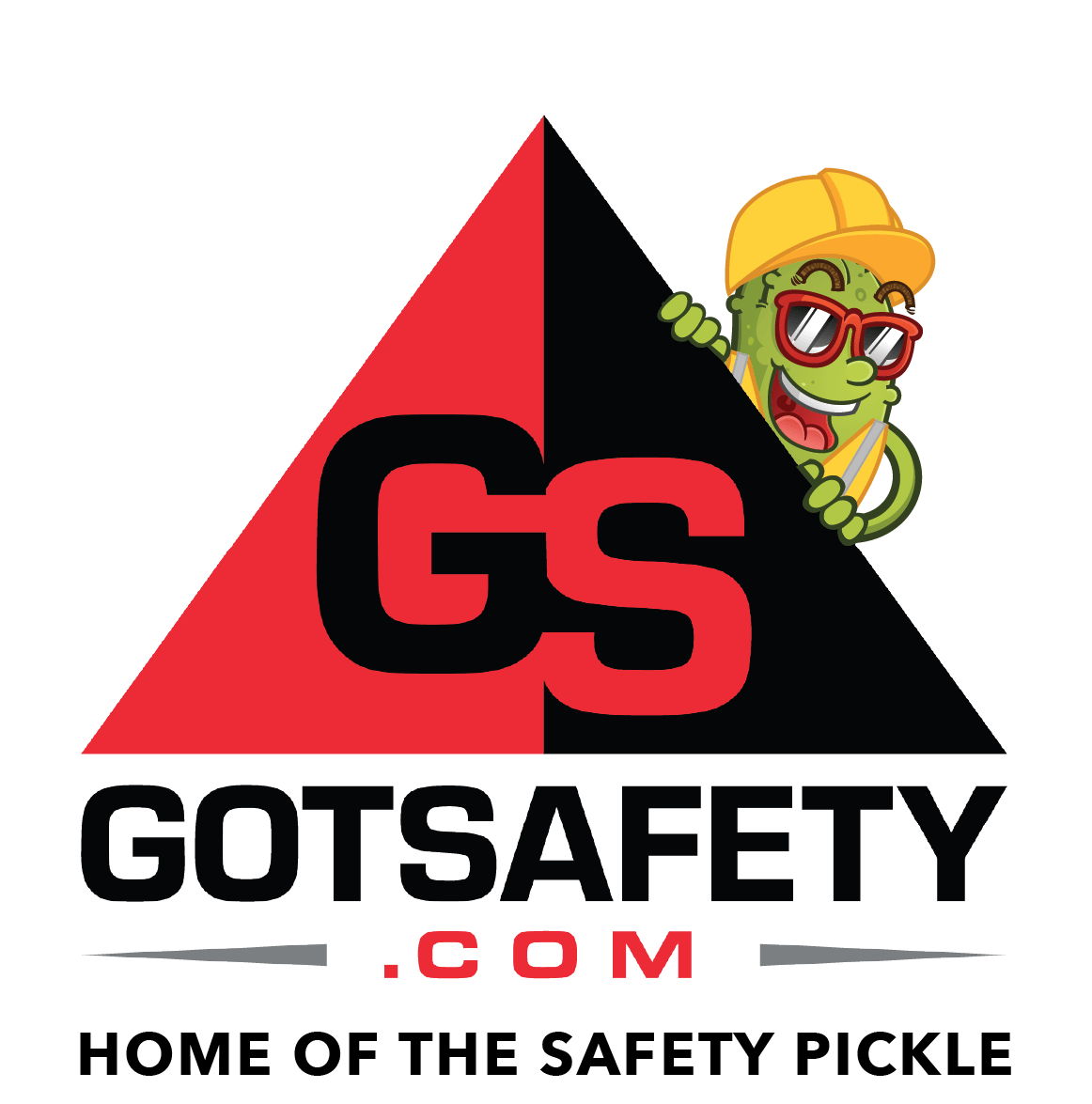hazard communication: Safety Data Sheets (SDS)
introduction
Safety Data Sheets (SDS), formerly known as Material Safety Data Sheets (MSDS), are an essential key to Hazard Communication. Safety Data Sheets are formatted to be consistent with the United Nations’ Globally Harmonized
System of Classification and Labeling of Chemicals (GHS), so all chemical SDSs are uniform throughout the world.
Employees who work with or around hazardous chemicals are required to have access to and understand SDSs.
Contents
The Hazard Communication Standard, revised in 2012, now requires chemical manufacturers, distributors, and importers to provide new Safety Data Sheets in a uniform format that includes the section numbers, headings, and associated information below.

- Section 1, Identification includes product identifier; manufacturer or distributor name, address, phone number; emergency phone number; recommended use; restrictions on use.
- Section 2, Hazard(s) identification includes all hazards regarding the chemical; required label elements.
- Section 3, Composition/information on ingredients includes information on chemical ingredients; trade secret claims.
- Section 4, First-aid measures include important symptoms/effects, acute, delayed; required treatment.
- Section 5, Fire-fighting measures lists suitable extinguishing techniques, equipment; chemical
hazards from fire. - Section 6, Accidental release measures lists emergency procedures; protective equipment; proper
methods of containment and cleanup - Section 7, Handling and storage lists precautions for safe handling and storage, including
incompatibilities.
- Section 8, Exposure controls/personal protection lists OSHA’s Permissible Exposure Limits (PELs);
ACGIH Threshold Limit Values (TLVs); and any other exposure limit used or recommended by the
chemical manufacturer, importer, or employer preparing the SDS were available as well as
appropriate engineering controls; personal protective equipment (PPE). - Section 9, Physical and chemical properties list the chemical’s characteristics.
- Section 10, Stability and reactivity lists chemical stability and the possibility of hazardous reactions.
- Section 11, Toxicological information includes routes of exposure; related symptoms, acute and
chronic effects; numerical measures of toxicity. - Section 12, Ecological information*
- Section 13, Disposal considerations*
- Section 14, Transport information*
- Section 15, Regulatory information*
- Section 16, Other information, includes the date of preparation or last revision.
*Note: Since other Agencies regulate this information, OSHA will not be enforcing Sections 12 through 15
*Note: Since other Agencies regulate this information, OSHA will not be enforcing Sections 12 through 15
SDS and labels
Employees may notice that the information on hazardous chemical labels similar to their accompanying SDS. The Hazard Communication standard requires chemical substance labels to be consistent with the information written on the corresponding safety data sheet. Employees may refer to the safety lesson “Hazard Communication – GHS Labels” for more information.
access
Safety Data Sheets must be readily accessible to employees in their work area for each hazardous chemical, this may be done in many ways. For example, your employer may keep SDSs in a binder or on computers. Employees should ask their supervisor where to find the SDSs applicable to their work and work area.

safe work practices
DO NOT handle chemicals until the SDS has been reviewed.
• Make sure there is an SDS for every chemical substance.
• Make sure SDSs are up to date and are presented in the 16-section GHS format.
• Comply with SDS safe use, handling, and storage requirements.
• Inform supervisor if there is no SDS for a chemical substance or if the SDS is not up-to-date.
CONCLUSION
It is important that workers understand and identify various chemicals throughout the workplace and know how to work with them safely. Not only does this eliminate accidents, but also gives workers a
a greater sense of confidence and peace of mind while working.

